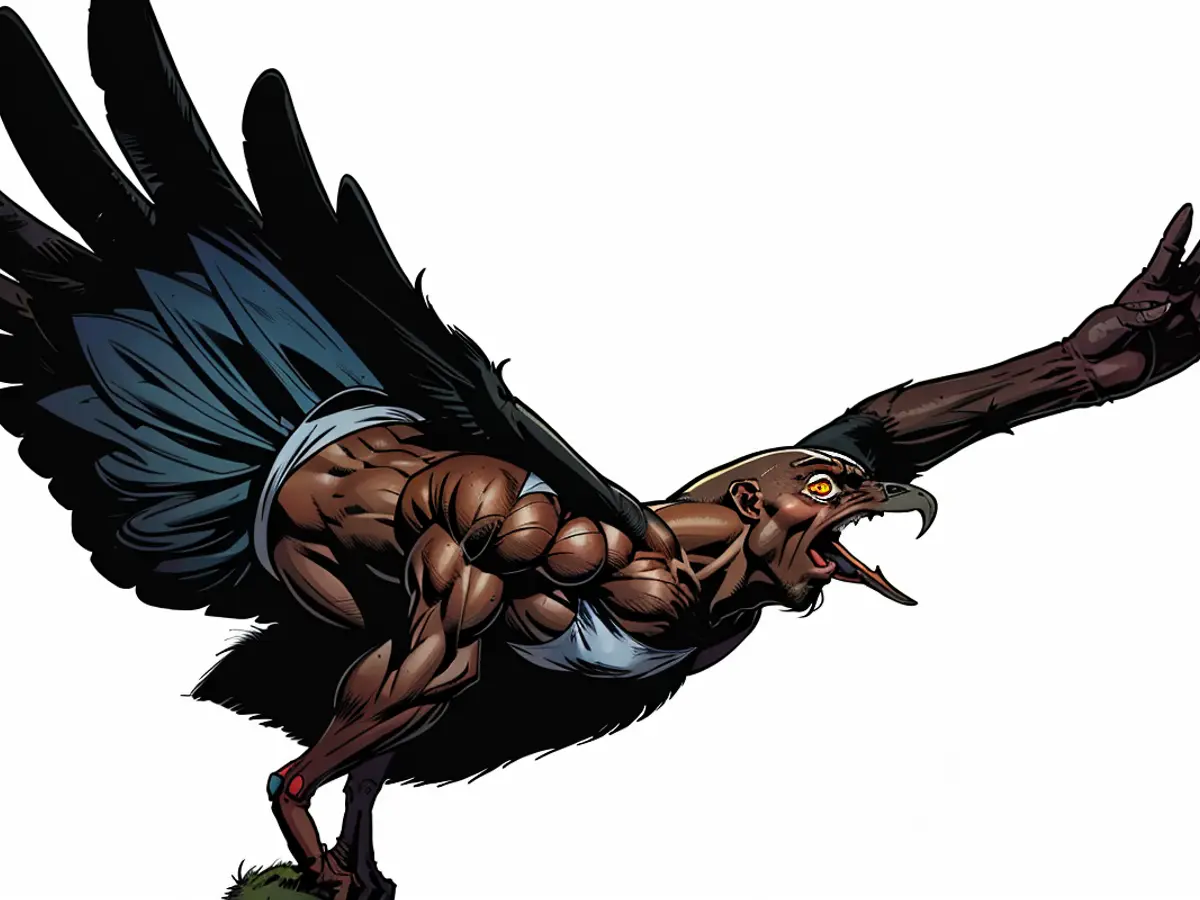Prehistoric dinosaurs coexisted with avian predators on our planet.
It's widely known that pterosaurs ruled the skies around 66 million years ago, but it seems they weren't the only aerial predators back then. Researchers have discovered evidence suggesting that birds were also present, sharing the skies with these ancient flying reptiles. The birds of that era appear to have been quite robust.
A research team, as reported in the journal "PLoS One", suggests that avian-like creatures, possibly resembling modern-day falcons, were already hunting for food while dinosaurs like Tyrannosaurus rex and Triceratops were still roaming the Earth. These early flight enthusiasts had feet with significant raptor-like power, similar to modern-day falcons and owls.
During the reign of dinosaurs, the ancestors of today's birds were already soaring high. Among them were the Enantiornithes, a species that almost covered the entire world during that time. Just like the dinosaurs, these birds also went extinct following the impact of an asteroid around 66 million years ago.
Recently, researchers have analyzed the remains of three such birds from the late Cretaceous period. The bones indicate strong leg muscles, leading the team, headed by Alexander Clark from the University of Chicago, to believe that these birds were capable of catching and carrying prey, much like a modern falcon or owl.
Revealing Foot Bones
Though the birds' overall appearance remains a mystery, much can be inferred from the foot bones found so far, claims Clark. "Every angle and bump on a bone reveals something about where the muscles or tendons attached and their size." A specific muscle attachment point was particularly prominent, resembling that in falcons or owls.
The fossils were discovered in Montana, in a 66 to 68 million-year-old layer, implying that their discovery precedes the extinction of the dinosaurs. The species were named Magnusavis ekalakaensis and Avisaurus darwini.
In light of these findings, it's clear that education about the evolution of avian species is crucial, giving us a deeper understanding of our Earth's history. This knowledge further highlights the importance of preserving and studying fossils, providing us with valuable insights into the past.
Moving forward, the discovery of these well-preserved bird fossils could potentially inspire future generations to pursue careers in paleontology, ensuring the continuation of research in this fascinating field.








